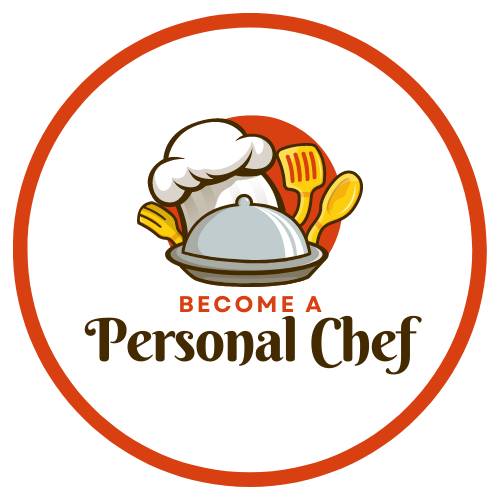Table of Contents
ToggleLactose Intolerance for Personal Chefs
Have you ever been excited about cooking for a new client, only to find out they have dietary restrictions that limit your creativity and menu options?
Aspiring personal chefs know the importance of being versatile and adaptable in their culinary skills, but catering to a client with lactose intolerance can be especially challenging. From creating delicious dairy-free dishes to ensuring every ingredient used is free from hidden sources of lactose, there are many factors to consider when planning a menu for someone with this dietary restriction.
In this blog post, we will explore the ins and outs of catering to clients with lactose intolerance and provide helpful tips for delivering an exceptional dining experience while accommodating their needs. So grab your apron and let’s get started!
Incorporating special diets into your services is not just about cooking—it’s about enhancing your clients’ quality of life through your culinary expertise. It may seem like a daunting task, but the rewards are immense. Read the giant list of special diets for personal chefs. Your next client might need your help!
Here’s a comprehensive list of things to consider:
Client’s Food Preferences:
Understanding your client’s likes, dislikes, and favorite foods is crucial. This will help you create a menu that not only adheres to their dietary restrictions but also appeals to their palate.
Health History:
It’s essential to know the client’s health history, including any other food allergies or intolerances they may have. This information will guide you in choosing safe ingredients for your recipes.
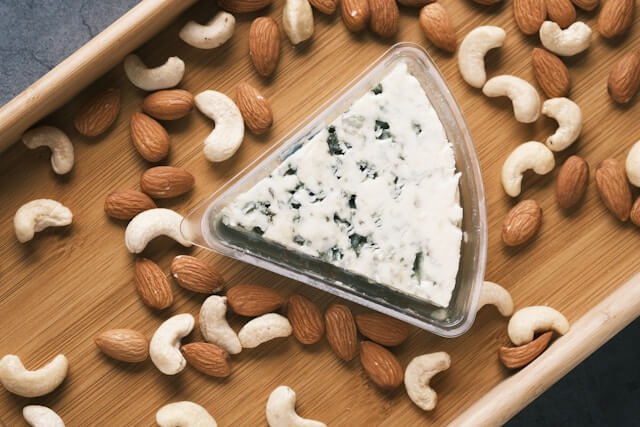
Dairy Alternatives:
There are many great alternatives to dairy products. Almond milk, soy milk, or oat milk can replace cow’s milk. Vegan cheeses are available in a variety of flavors and textures. Coconut oil or margarine can be used in place of butter. It’s important to familiarize yourself with these alternatives and how they work in different recipes.
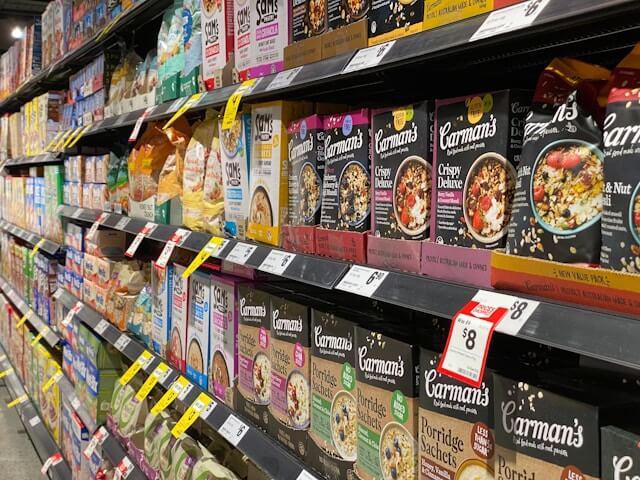
Kitchen Equipment and Supplies:
Ensure you have all the necessary equipment and supplies. This might include a good set of non-stick pans (as you won’t be using butter for greasing), a high-quality blender for making smooth dairy-free sauces, and a variety of spices and herbs to enhance flavor.
Wondering what tools a personal chef might need? I’ve written an extensive article for you – A Comprehensive List Of Must-Have Tools and Essential Items for the Personal Chef
Cooking Techniques:
Certain cooking techniques can help you maximize flavor without relying on dairy. For example, roasting vegetables can bring out their natural sweetness, while sautéing with olive oil can add richness to a dish.
Recipes:
Collect a variety of lactose-free recipes to provide your client with a diverse and exciting menu. There are many delicious lactose-free recipes available, from hearty soups and stews to decadent desserts.
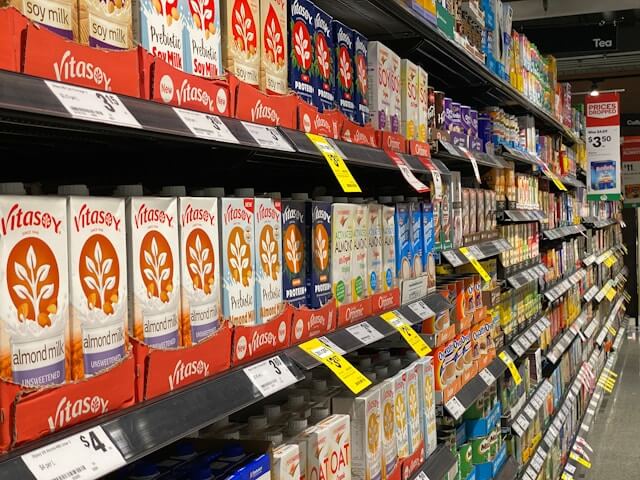
Label Reading:
Many processed foods contain hidden sources of lactose. Learn to read food labels carefully and avoid products with ingredients like whey, curds, milk by-products, dry milk solids, and non-fat dry milk powder.
Nutritional Balance:
Ensure the meals are nutritionally balanced. Despite the lack of dairy, your client still needs to get enough calcium and vitamin D. Foods like leafy green vegetables, fortified juices, and cereals can help meet these needs.
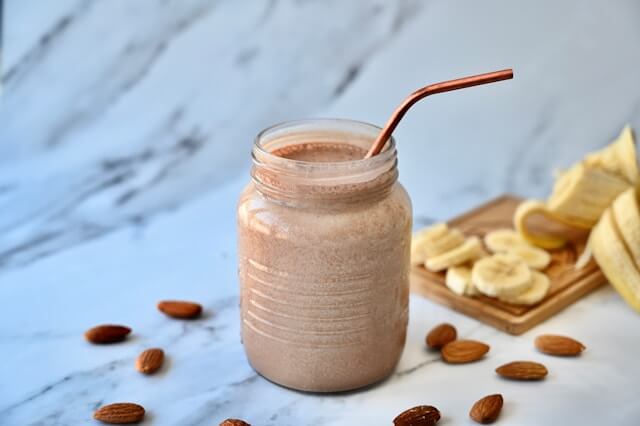
Lactose Intolerance for Personal Chefs
By taking these factors into account, you can ensure that you’re well-prepared to cater to a client with lactose intolerance. Your attention to detail and effort to create delicious, lactose-free meals will be sure to impress your client.
Here are some of my favorite tools for providing my personal chef service
As an experienced personal chef, I’ve found that the secret to creating mouthwatering dishes goes beyond just having a passion for food. It’s also about using the right kitchen tools. Today, I’m going to share with you my must-have kitchen items that help me bring my culinary creations to life.
1. Chef’s Knife
The first item on my list is a high-quality chef’s knife. It’s the most versatile tool in my kitchen, perfect for chopping, slicing, and dicing. My preference is for a Global Chef’s Knife, known for the edge and the way they are balanced.
2. Cast Iron Skillet
Next up is a good old cast-iron skillet. From searing steaks to baking cornbread, this pan does it all. I love the Lodge Cast Iron Skillet, which retains heat beautifully and adds a nice crust to anything you cook.
3. Stainless Steel Pots and Pans
A set of stainless steel pots and pans is essential for a variety of cooking techniques. They’re great for simmering, boiling, and sautéing. All-Clad’s Stainless Steel Cookware Set is my go-to choice for its exceptional performance and durability.
4. Immersion Blender
An immersion blender makes pureeing soups, making smoothies, and blending sauces a breeze. I suggest the Braun Multiquick Hand Blender, which is powerful, easy-to-clean, and highly versatile.
5. Digital Thermometer
To ensure perfectly cooked meats every time, a digital thermometer is a must. The ThermoPro TP19 Waterproof Digital Meat Thermometer provides speedy and accurate readings, ensuring your roast chicken or prime rib is cooked to perfection.
6. Silicone Spatula
A silicone spatula is a chef’s best friend for its versatility. It’s heat-resistant, non-stick, and perfect for everything from folding batter to stirring sauces. I recommend the OXO Good Grips Silicone Spatula.
7. Stand Mixer
Lastly, for avid bakers, a stand mixer is a game-changer. The KitchenAid Artisan Series 5-Qt. Stand Mixer isn’t just a pretty face; it makes mixing doughs and batters effortless.
These are the tools that I use daily in my personal chef service. Remember, quality tools make a difference, but they don’t have to break the bank. Start with the basics and add on as you grow more comfortable and adventurous in the kitchen.
Happy cooking!
